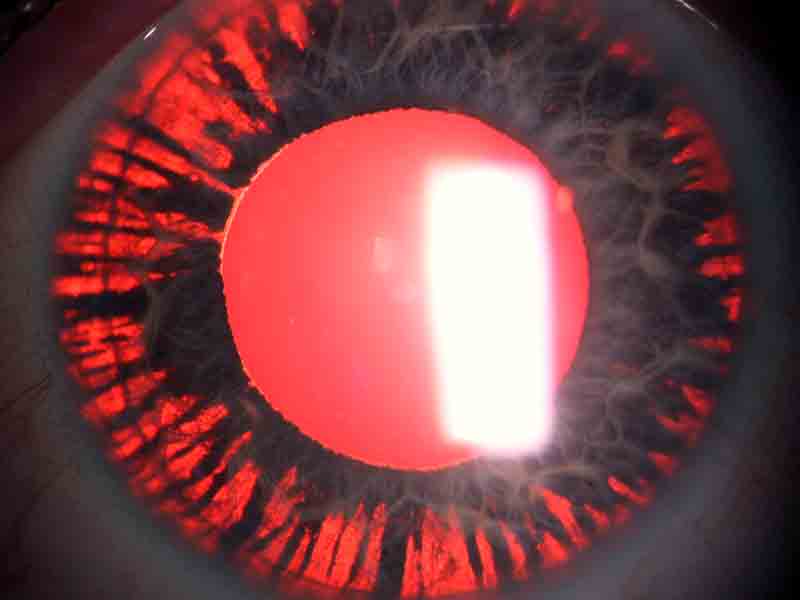What are migraines with visual aura?
16/12/2025

12/02/2018
Pigment dispersion syndrome (PDS) is a clinical condition in which an increased amount of pigment (the material that gives the iris color) is released abnormally. People with this syndrome tend to have a special configuration of the iris and the anterior chamber of the eyeball. This arrangement makes that in certain situations, the iris rubs with other structures and a release of pigment granules occurs that is deposited in the different parts of the eye, especially in the anterior part.
In the long run, these pigment granules can clog the drainage system causing intraocular pressure problems and eventually develop glaucoma.
Symptoms
In many cases the symptoms of PDS are not usually perceived by people who suffer from it. For this reason, regular ophthalmological examinations are important, where the loss of pigment can be detected through a routine ocular examination. Some patients may have blurred vision or halos, particularly after exercising.
Who is more at risk of developing this syndrome?
There is a greater probability of diagnosing pigmentary dispersion syndrome in young people, between 20 and 40 years of age. It mainly affects men, myopic, of Caucasian origin and may have an important hereditary component.
Diagnosis
As we mentioned, suffering from the syndrome does not require symptoms, so it is very important to perform regular check-ups with the ophthalmologist.
In a comprehensive eye examination this syndrome can be diagnosed because the eye has certain peculiarities, such as an iris with a more posterior insertion or that the anterior chamber of the eye is more concave. There are also a series of signs such as the presence of pigment in different ocular structures and the possible elevation of intraocular pressure. The excess of pigment is that, in the medium-long term can produce the so-called pigmentary glaucoma, which can also be easily diagnosed with the necessary complementary tests.
Treatment of PDS
Patients affected by this syndrome should be closely monitored by their ophthalmologist to reduce the risk of developing pigmentary glaucoma.
The treatment of pigmentary glaucoma is very similar to that of other forms of open-angle glaucoma. Depending on intraocular pressure, optic nerve damage and the extent of symptoms and severity, treatment may include: topical medication (eye drops) to reduce pressure, laser interventions (laser trabeculoplasty or iridotomies) or even more advanced, surgery.
Key points of the PDS: